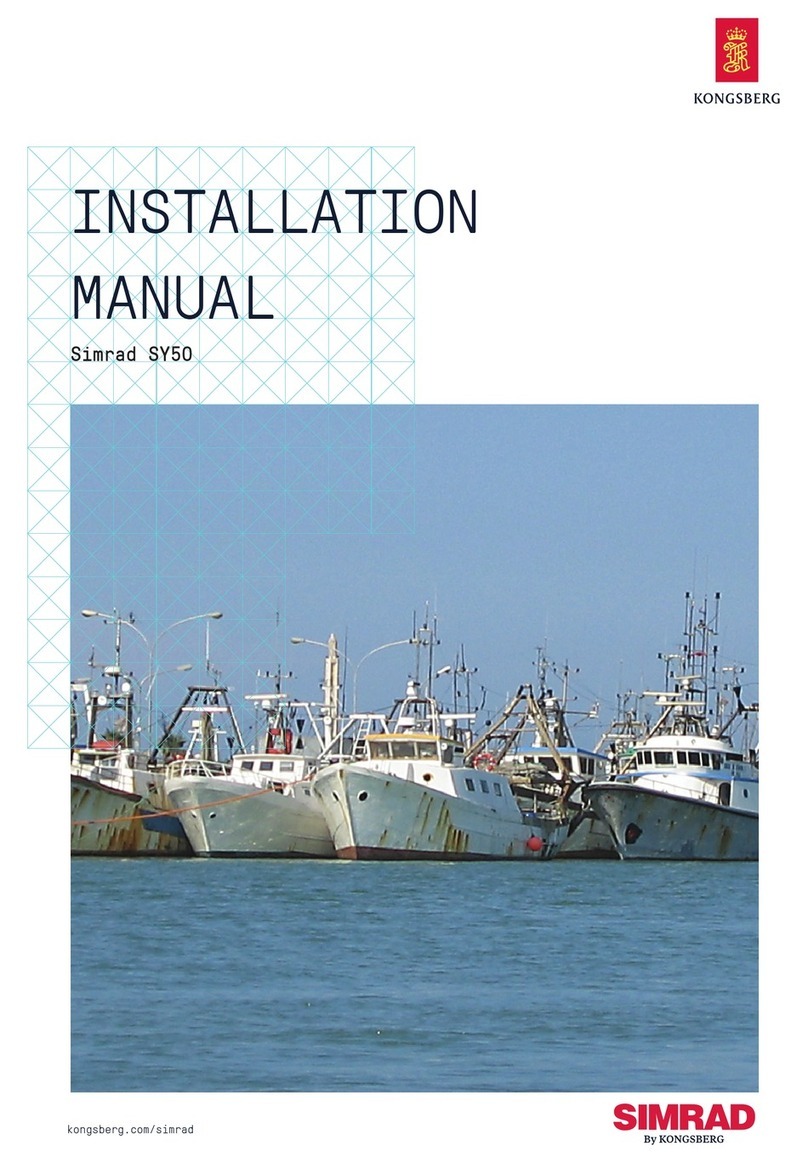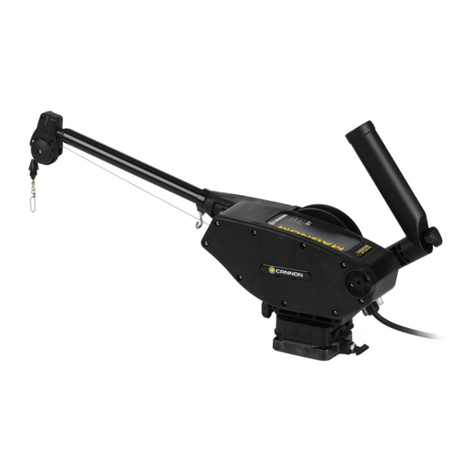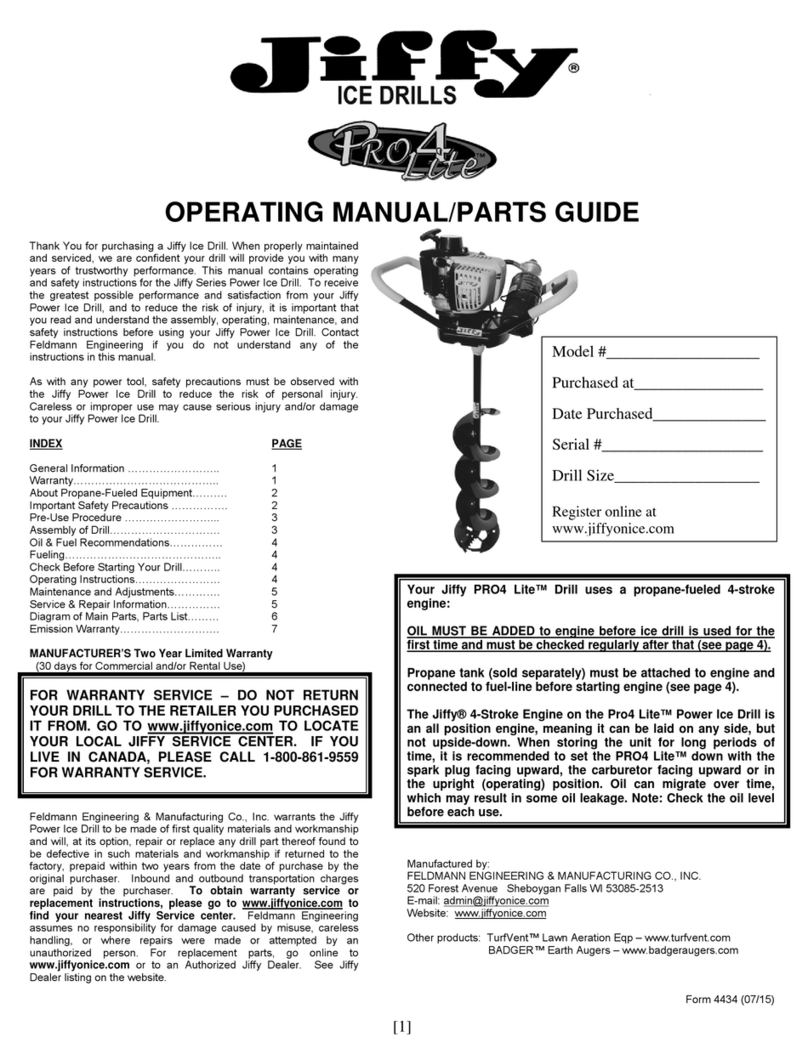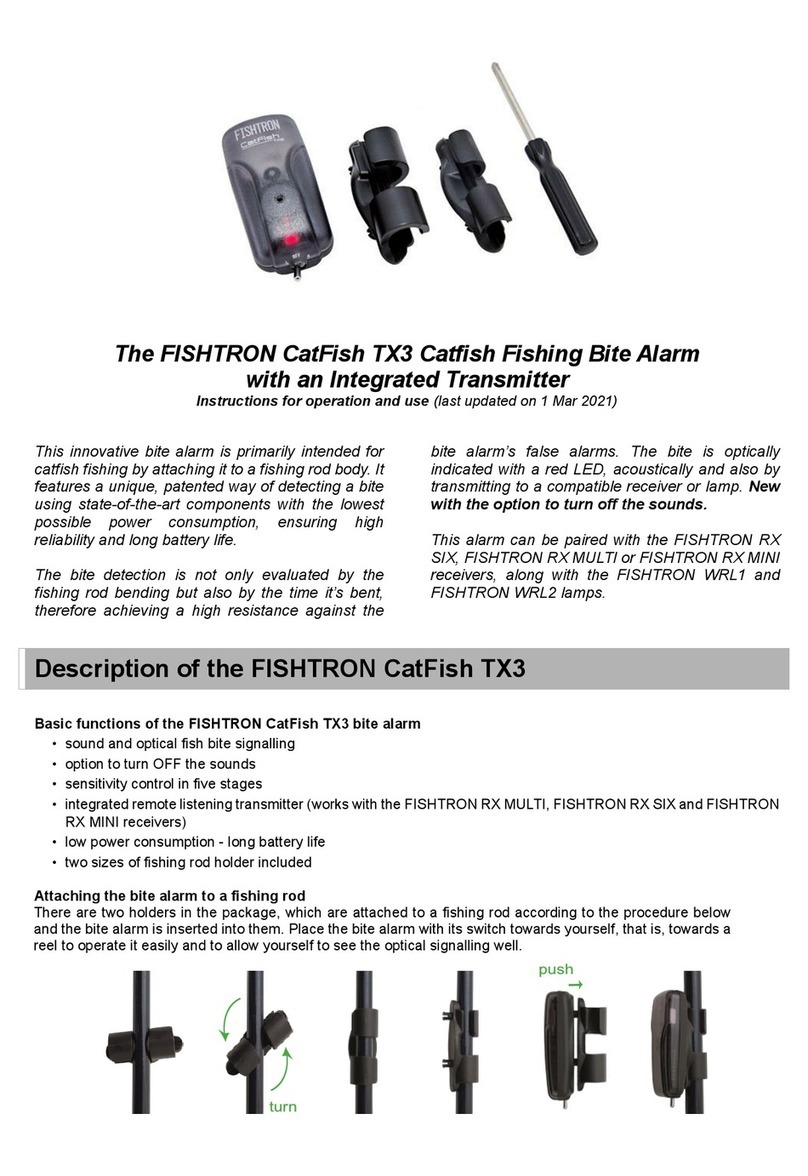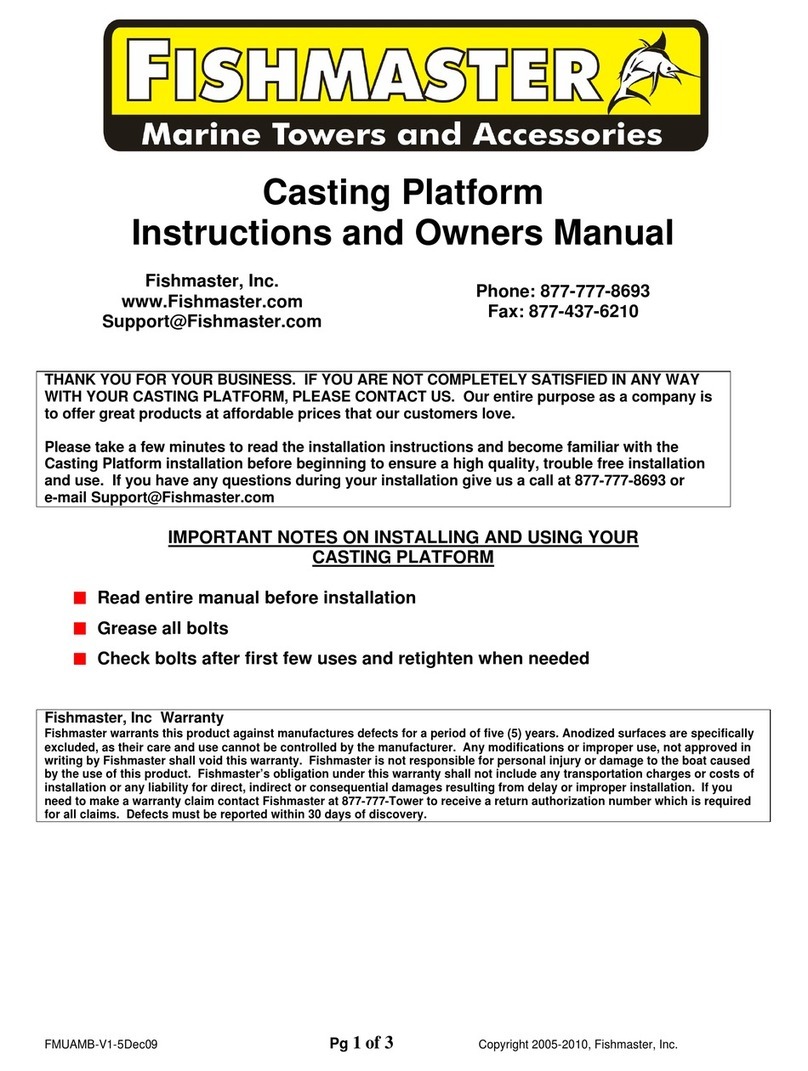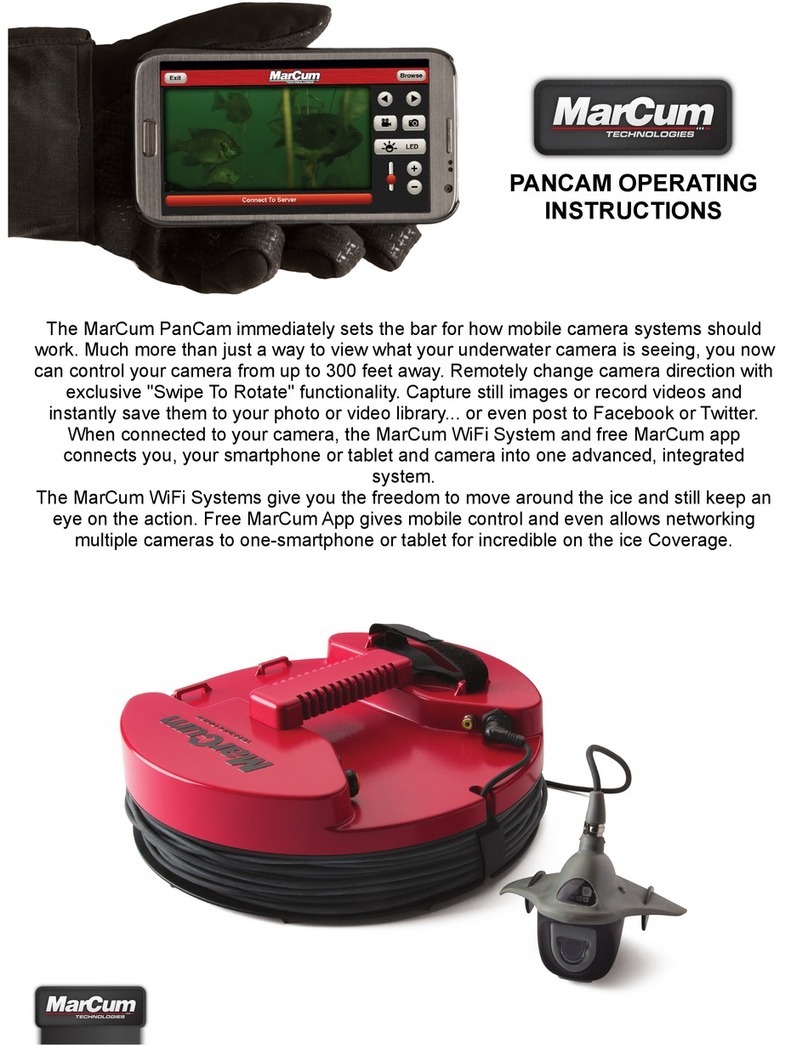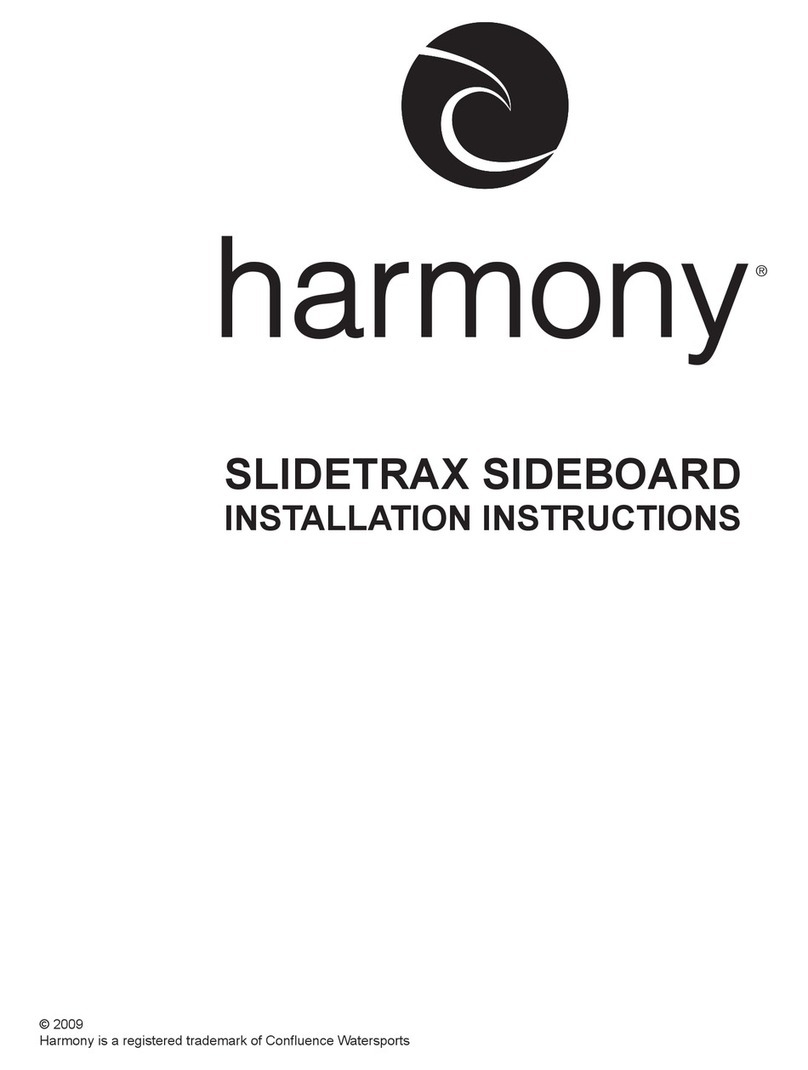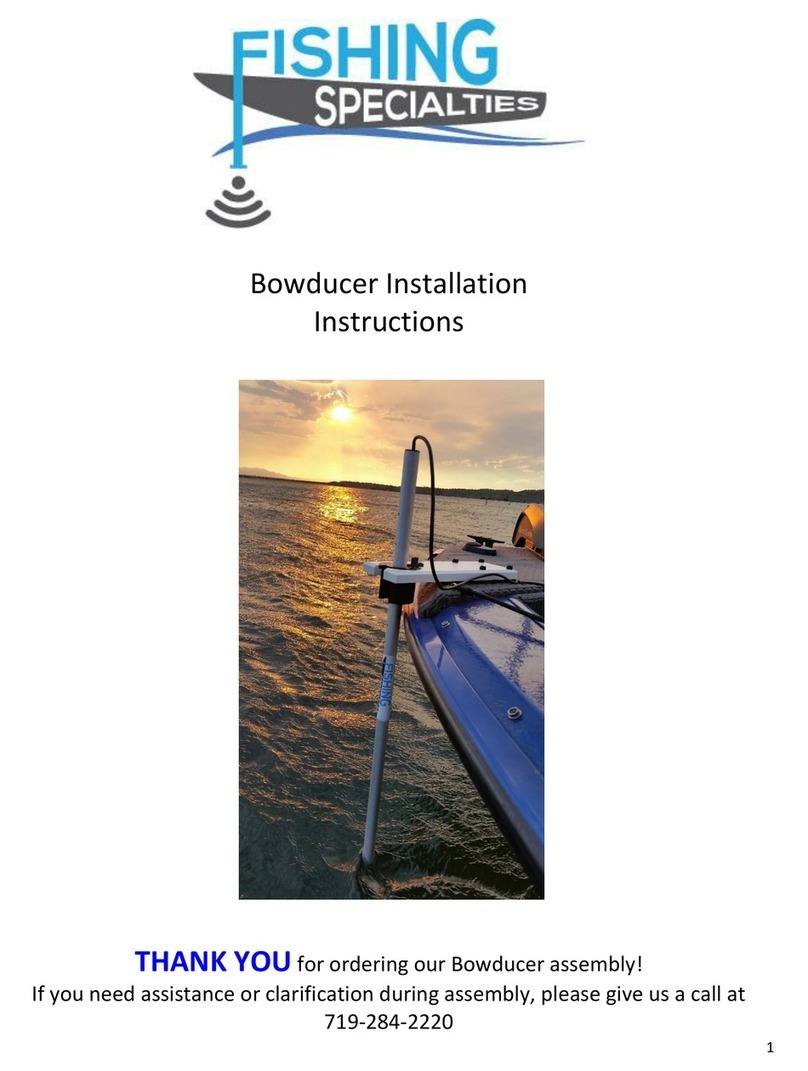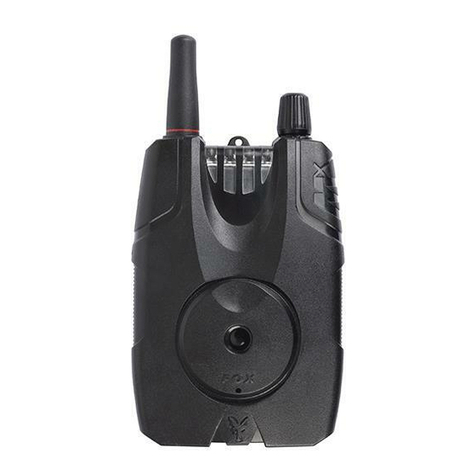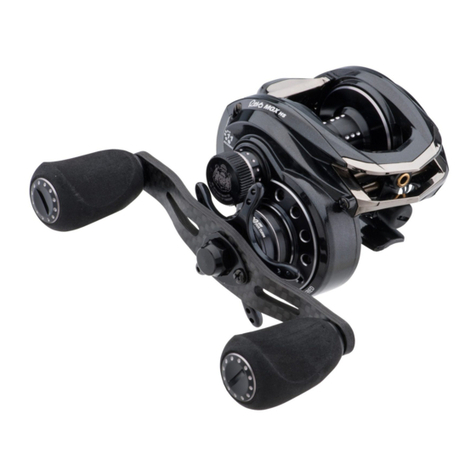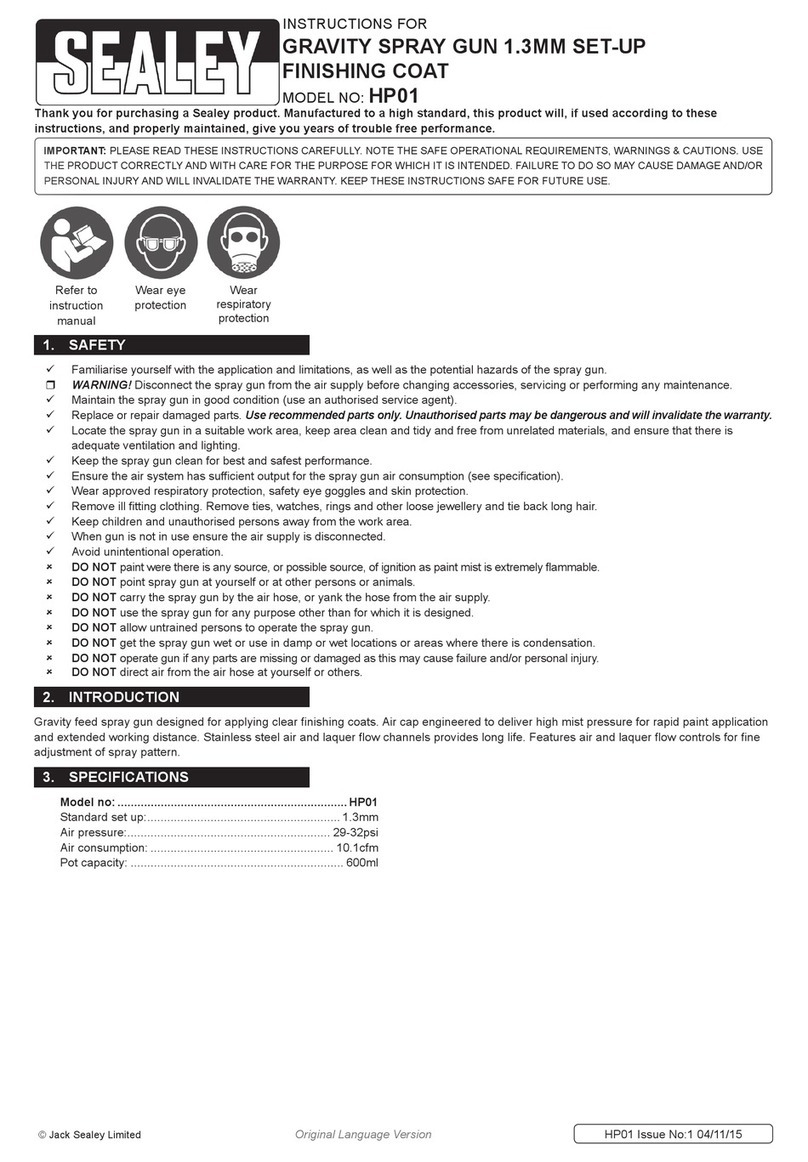
General Safety Warnings
Safety is essential in the use and maintenance of
Greenlee tools and equipment. This instruction
manual and any markings on the tool provide
information for avoiding hazards and unsafe practices
related to the use of this tool. Observe all the safety
information provided.
WORK AREA SAFETY
Keep your work area clean and well lit. Cluttered or
dark areas invite accidents.
Keep children and bystanders away while
operating tool. Distractions can cause you to lose
control potentially injuring yourself or others.
PERSONAL SAFETY
Use personal protective equipment. Always wear
eye protection. Protective equipment such as dust
mask, non-skid safety shoes, hard hat, gloves, or
hearing protection used for appropriate conditions will
reduce personal injuries.
Do not overreach, always keep proper footing and
balance. This enables better control of the tool in
unexpected situations.
Do not use tools while tired or under the influence
of drugs, alcohol, or medication. Stay alert, watch
what you are doing and use common sense when
operating a tool. A moment of inattention while
operating tools may result in serious personal injury.
Do not let familiarity gained from frequent use of
this tool allow you to become complacent and
ignore tool safety principles. A careless action can
cause severe injury within a fraction of a second.
Tool Specific Safety Warnings
Use the correct tool and accessories for your
application. The correct tool will do the job better and
safer at the rate for which it was designed. Use of the
tool for operations different from those intended can
result in a hazardous situation.
Before operating this tool, read and understand:
• The instructions for any other equipment or
material used with this tool
• Markings on the tool
• Required worksite safety procedures
Do not use fish tape near live circuits. Contact with
live circuits could result in severe injury or death.
Always wear safety glasses and gloves when using
this tool. Injury could result from sharp edges or from
the pulling eye wipping around if the the sh tape
leaves conduit suddenly.
Do not use fish tape above rated load or use
powered pulling equipment. Overloading sh tape
could result in the tape breaking and may cause
striking or falling injuries.
Do not pull using the housing, only pull on fish tape
material. The tape may break or pull from the housing.
Check for misalignment or binding of moving
parts, breakage of parts and any other condition
that may affect the tool’s operation. If damaged,
have the tool serviced before using. Many accidents
are caused by poorly maintained tools and
equipment.
www.calcert.com sales@calcert.com1.800.544.2843 0
5
10
15
20
25
30
